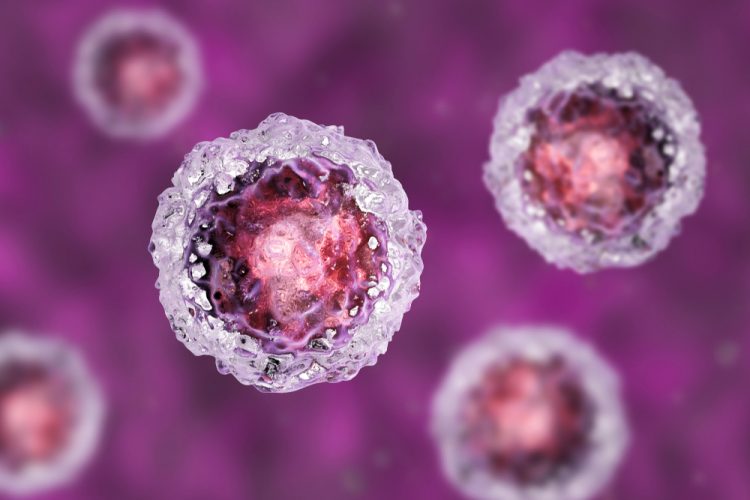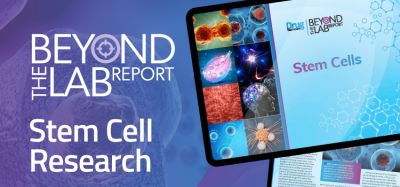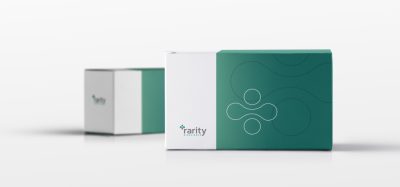Increasing numbers of functional stem cells could improve transplants
Posted: 27 March 2020 | Hannah Balfour (Drug Target Review) | No comments yet
Exposing umbilical cord blood to NOV proteins causes an increase in functional haematopoietic stem cells (HSCs) and could provide a more effective transplant option for blood cancer patients.


Researchers have developed a method to increase the number of functional haematopoietic stem cells in umbilical cord blood units. According to the team, this could result in more successful umbilical cord blood transplants for blood disease patients, at a wider range of ages.
Haematopoietic stem cells (HSCs) can generate various blood cell types. In some blood cancers and disorders, these HSCs have to be replaced, typically through bone marrow transplantation from healthy donors. However, umbilical cord blood also contains HSCs, but only at low levels, which can make it suitable for transplantation into young children. Research suggests that 30 percent of umbilical cord blood units are wasted as they have too few HSCs to be used in even young children.
The paper published in Cell Stem Cell demonstrates that a protein called NOV/CCN3 can be used to rapidly increase the number of functional HSCs in umbilical cord blood units. They hope that in future this could make this treatment option available to all ages.
“Trying to increase the actual number of haematopoietic stem cells in umbilical cord blood is both expensive and challenging. It is known that not all HSCs present in a cord blood unit can or will transplant, indicating that cord blood units have untapped transplantation potential,” explained Dr Rajeev Gupta, Clinical Associate Professor at University College London’s (UCL’s) Cancer Institute and first author of the study.
“We explored an alternative approach to harness this potential by increasing the functionality – rather than the number – of HSCs and so enhance the ability of umbilical cord blood units to transplant. We’d previously discovered that a regulatory protein known as NOV is essential for the normal function of human HSCs and so we asked whether highly purified NOV might be used to manipulate cord blood HSCs to make them more transplantable.”
This practical solution could enable many more cord blood units, which have a limited number of stem cells, to be made available for transplantation”
Using cell cultures and mouse models in the lab, the research team at UCL Cancer Institute found that umbilical cord blood units exposed to NOV showed significantly more transplantation potential than regular samples. They highlighted that the frequency of functional HSCs in the sample increased six-fold after a single an eight-hour exposure.
“Using NOV, we’ve shown that we can rapidly manipulate blood stem cells to alter their state – changing non-functioning HSCs to functioning HSCs – which enhances cord blood engraftment potential. This finding offers a new strategy for improving blood transplants. The next stage will be to take our research into a clinical setting to explore how this can benefit patients with blood cancers and other blood disorders,” said Dr Gupta.
Commenting on the study, Professor Alejandro Madrigal, Scientific Director of the Anthony Nolan Institute and a world-leading scientist in the field of stem cell transplantation, said: “Cord blood transplantation has been shown to improve engraftment and provide a better outcome for many people. However, unfortunately, stem cells numbers in many cord blood units might be inadequate for optimal transplantation.
“This research is extremely encouraging, since with the simple addition of NOV/CCN3, there is an increase in the functionality of existing stem cells. This practical solution could enable many more cord blood units, which have a limited number of stem cells, to be made available for transplantation and could make a huge difference to the many patients.”
Related topics
Cell-based assays, Oncology, Protein, Regenerative Medicine, Research & Development, Stem Cells, Therapeutics
Related conditions
blood cancers, blood disorders
Related organisations
Anthony Nolan Institute, University College London (UCL)
Related people
Dr Rajeev Gupta, Professor Alejandro Madrigal








